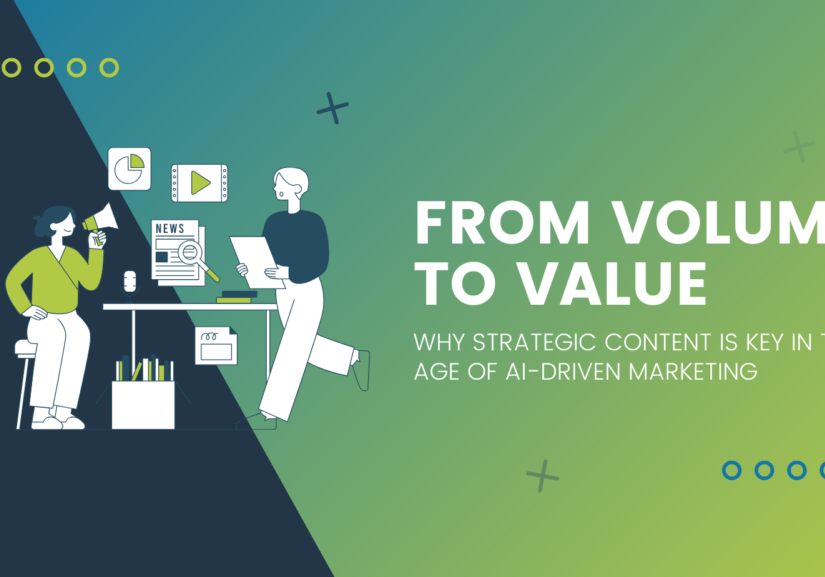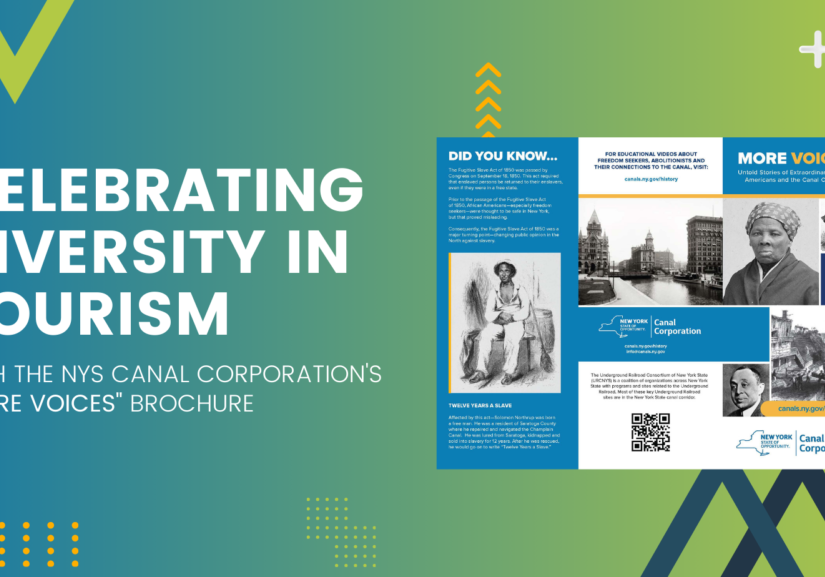How Brands Can Get Started Building a Successful Marketing Strategy
 When our President and CEO Debbe Garry was asked to be a guest on WKIP’s Chamber Weekend Sunrise Show, she shared her expertise about the current state of marketing and how brands can lay the foundation to create stellar, impactful campaigns. We wanted to share some of that insight with you.
When our President and CEO Debbe Garry was asked to be a guest on WKIP’s Chamber Weekend Sunrise Show, she shared her expertise about the current state of marketing and how brands can lay the foundation to create stellar, impactful campaigns. We wanted to share some of that insight with you.
In this article, we’ll talk about the importance of the discovery process and how to get to the root of what your customers want, and we’ll also clear up some questions most business owners have about what the word “marketing” actually means.
Start with a lot of research and ideation.
The beginning of your work will be grounded in research, because you can’t move on to the creative work until you have a foundation of intake, research and planning. During this stage, you’ll want to uncover how your audience consumes media. There are so many ways to get the word out today, but your audience will have a preference when it comes to the types of media they consume. Plus, those preferences will change based on where the customer is in the decision-making process.
Dig down into the discovery process.
Nobody knows a business like the people who live and breathe it every day, so you’ll have to spend a lot of time asking yourself and your customers discovery questions, like:
- What is the state of the industry as a whole and in my area?
- What and who is influencing my industry, brand and customers?
- How do my customers think? What’s important to them?
- What goes into the decision-making process? How long does it take?
To creating a compelling and effective strategy, thinking and planning have to take place before you make anything visual.
Blend traditional and contemporary marketing efforts.
Social media, virtual reality, user-generated content and other digital media are changing and advancing all the time, making it tempting to try out the latest flash in the pan. But while we suggest integrating something new into your strategy at least every year, put a lot of thought into what the customer will benefit from. Stay on top of new and emerging trends, but always keep your audience at the forefront of your mind.
There’s still a lot to be said for traditional media, too. People form their habits and make decisions around traditional media, so you won’t want to leave it out completely, even if you have a digital-centric strategy.
Understand the difference between advertising, PR and marketing.
One hurdle that business owners face is understanding marketing terms, including “marketing” itself, along with advertising and PR. Let’s break it down into easy-to-understand descriptions:
- Advertising, or “paid media,” is any type of placement (digital, print, radio, TV) that you pay for.
- Public relations (PR) or media relations is sometimes referred to as “earned media,” because you earn the placement instead of having to pay for it. By building a relationship with media outlets and telling them your brand story, you can inspire them to tell your story for you.
- Marketing is a broad category that refers to the different ways a business brings their customers or clients to their products or services. Advertising and PR are just a couple of tools that fall under the marketing umbrella.
Solid marketing strategies rely on knowing where the contact points are and how to reach customers at those points. This gives you a way to inform your audience and move them toward the next step you want them to take.




